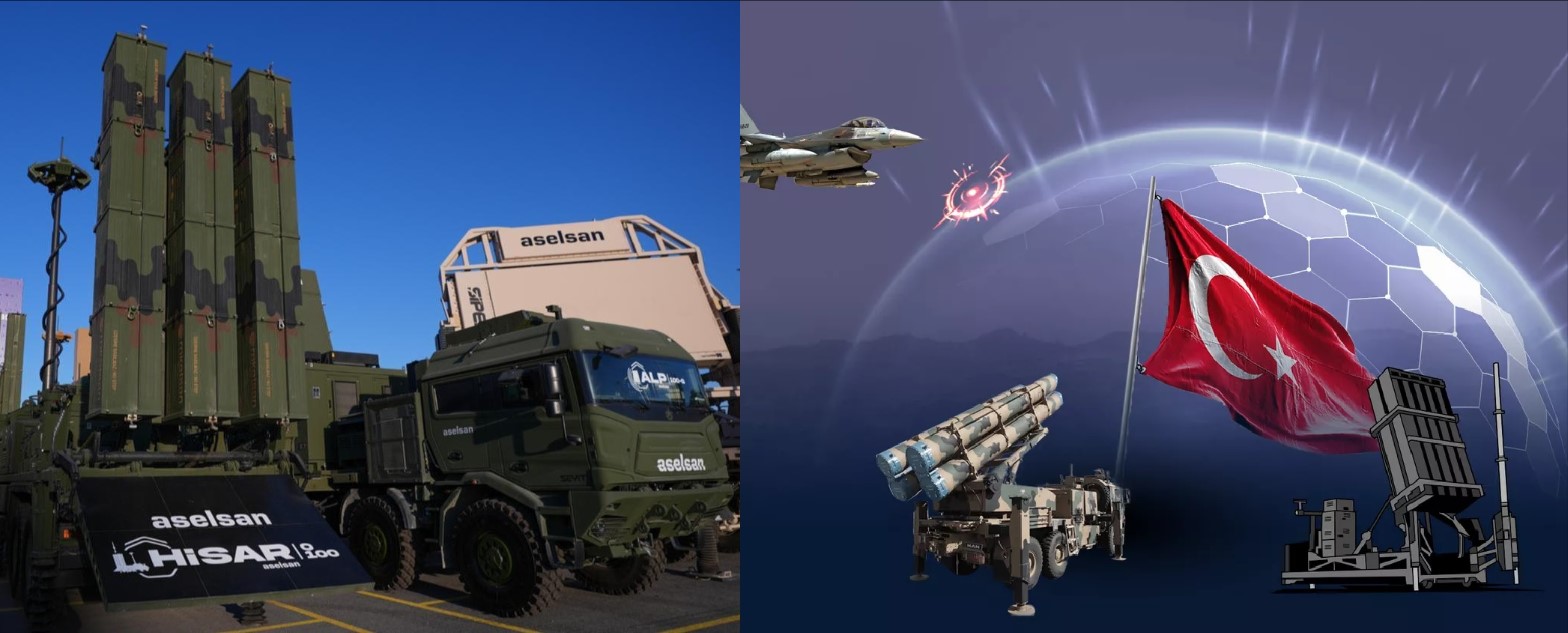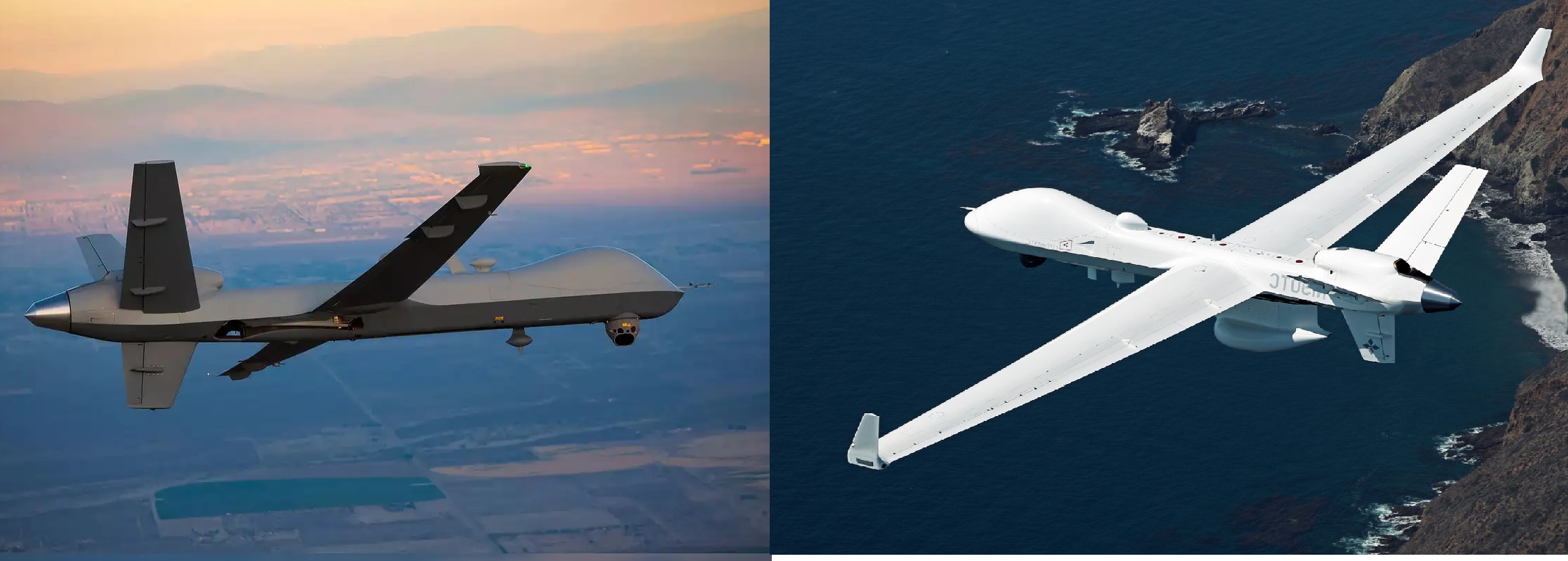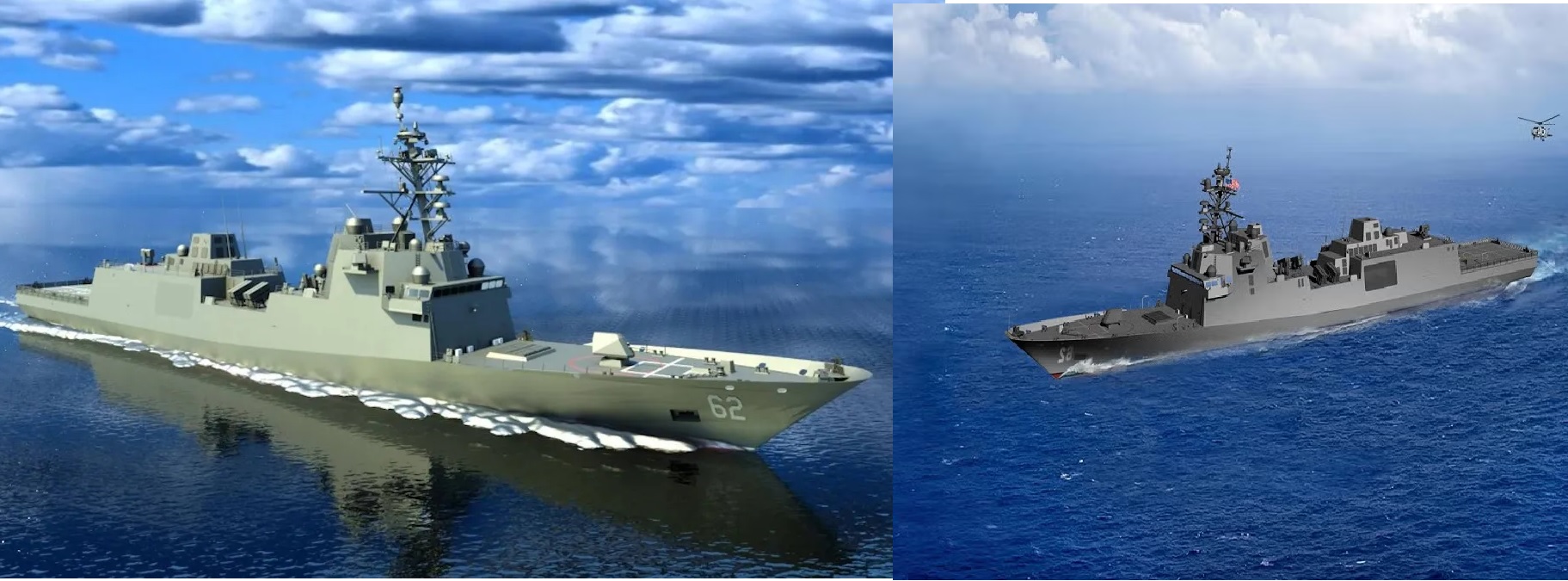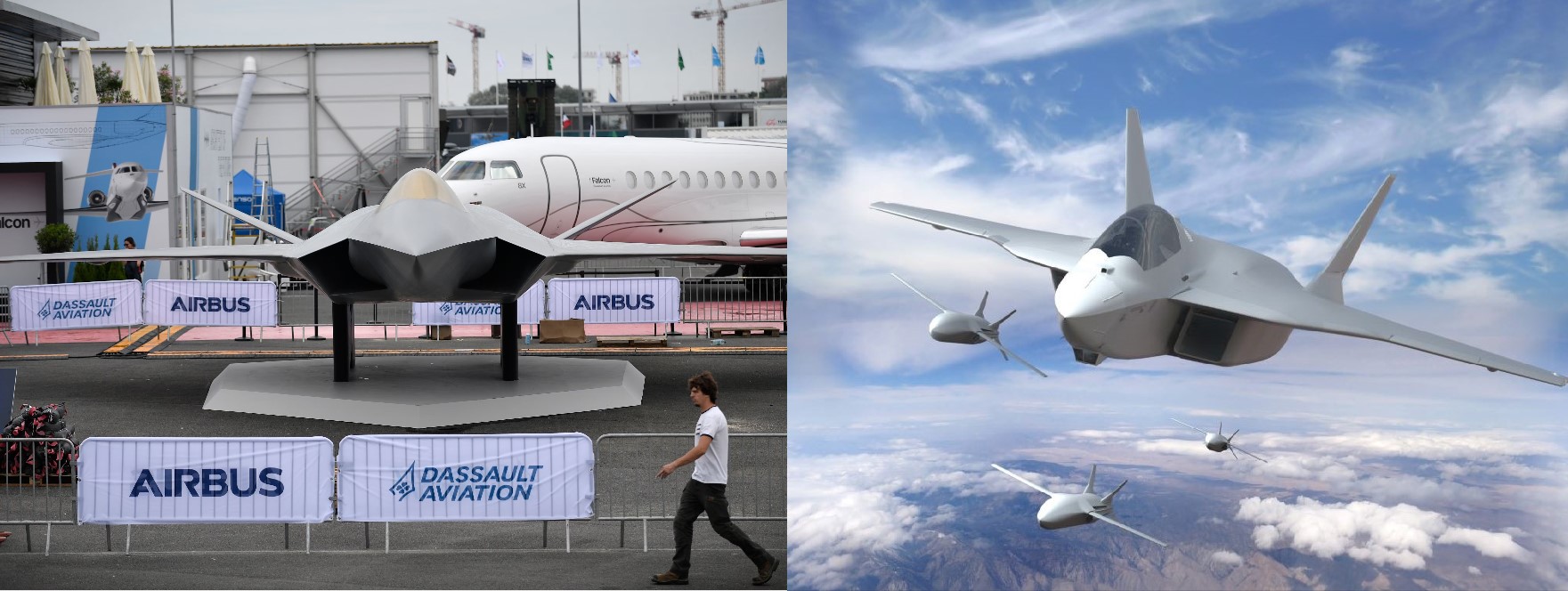Russia and Belarus Advance Joint Production of Su-75 ‘Checkmate’ Stealth Fighter, First Flight in 2026
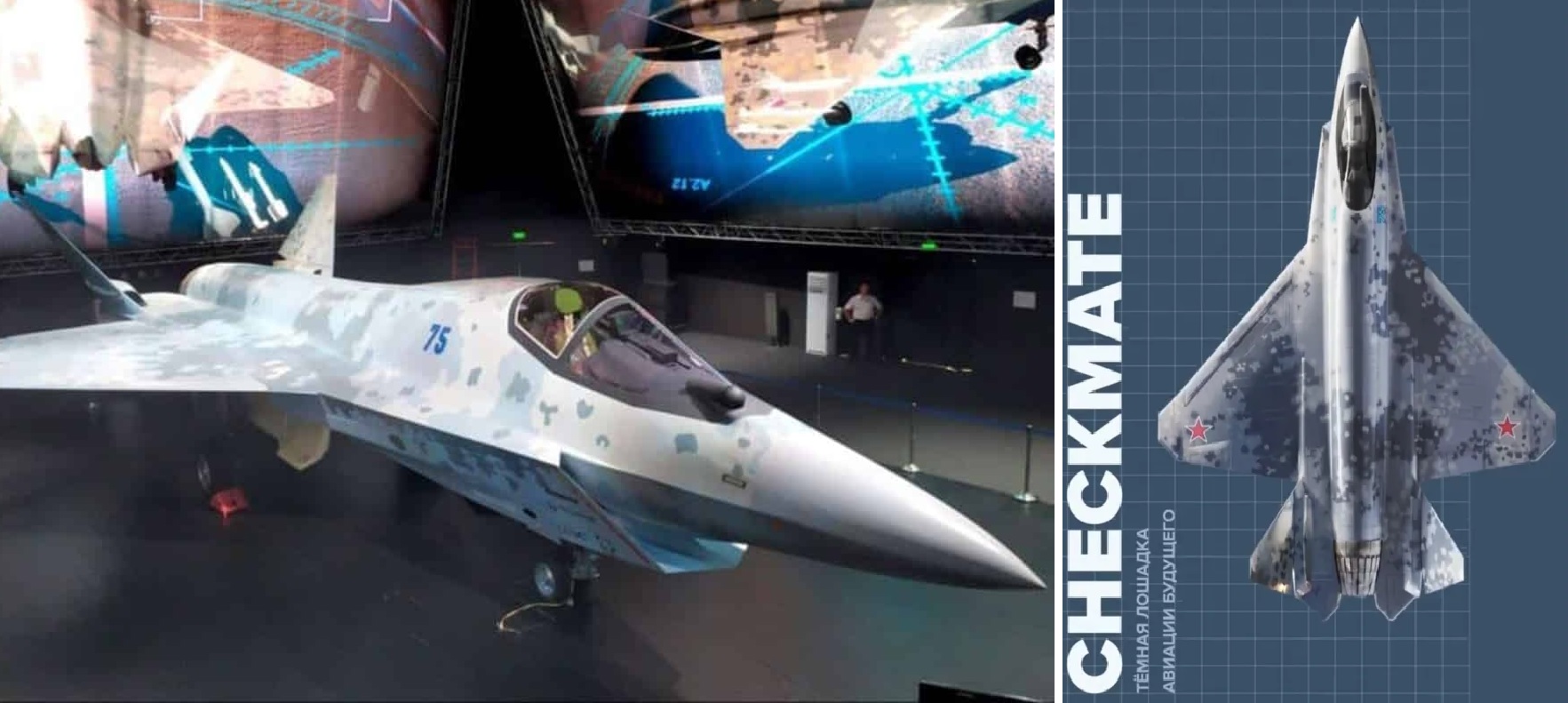
Russia has confirmed that it is advancing joint production of the Su-75 Checkmate stealth fighter with Belarus, marking one of the most significant steps yet in the development of the single-engine fifth-generation aircraft. The announcement came on 20 November 2025 at the Dubai Airshow 2025, where Rosoboronexport Director General Alexander Mikheev detailed the programme’s progress and expanding international industrial partnerships.
According to officials, the first flying prototype is now in final assembly and undergoing bench testing, positioning the aircraft for a first flight in early 2026. This phase includes systems validation, electrical interface checks, and pre-flight structural assessments—crucial milestones after years of delays and uncertainty.
Deepening Russia–Belarus Defence Integration
The Su-75 Checkmate is evolving into a Union State flagship project, with Belarus playing a growing role in manufacturing avionics, electronic-warfare modules, optics, and mission systems. Minsk sees the project as an opportunity to expand high-value aerospace production and embed itself deeper into Russia’s defence-industrial supply chain.
This cooperation also fits Moscow’s broader strategy of distributing production across the Union State to improve resilience under sanctions and increase export competitiveness.
Technical Specifications Confirmed by Official Documentation
The newly surfaced Russian brochure, featuring the Su-75 and its baseline performance characteristics, provides the clearest technical snapshot of the aircraft to date:
Su-75 Checkmate – Basic Specifications (from image document)
-
Maximum takeoff weight: 26,000 kg
-
Maximum flight speed: Mach 1.8–2.0
-
Service ceiling: 16,500 m
-
Practical flight range: 2,800–2,900 km
-
Maximum combat load: 7,400 kg
-
Weapon mounting points: 13 total / 5 internal bays
-
Radar detection range (RCS 5 m² target): up to 160 km
-
Detection range of ground/bridge target: 120 km
-
Engine thrust: 14,500–16,500 kgf
These numbers align with Russia’s plan to market the Checkmate as a lightweight, cost-effective stealth fighter, with performance falling between the F-35 and advanced 4.5-generation aircraft.
Export Ambitions: A Lower-Cost Stealth Platform
Russia is positioning the Su-75 as an export-friendly fighter, crafted specifically for nations seeking a more affordable path into fifth-generation aviation. The aircraft’s single-engine layout, stealth contours, and internal weapon bays are meant to deliver much of the capability of heavier platforms but at a fraction of the cost. Its design philosophy leans heavily on operational simplicity, ease of maintenance, and payload efficiency, making it attractive to air forces that cannot sustain large twin-engine fighters. With the added flexibility of modular avionics and customizable electronic-warfare suites, including systems sourced from Belarus, Russia hopes the Checkmate will appeal to a broad spectrum of buyers across Asia, Latin America, Africa, and the Middle East, especially those shut out of Western fighter programmes or seeking deeper industrial participation than NATO suppliers typically offer.
Russia Offers India Full Technology Transfer (TOT)
One of the most notable aspects of Russia’s export strategy is its renewed focus on India. Moscow has reiterated that New Delhi has been offered full technology transfer—a rare proposition in the world of fifth-generation fighter development. The offer goes far beyond simple procurement: it includes joint design authority, licensed production, and the freedom to integrate Indian-made sensors, electronics, and weapons into the platform. Russia has even floated the possibility of co-developing a twin-engine variant if the Indian Air Force requires it. This outreach reflects Russia’s determination to preserve its long-standing defence ties with India at a time when New Delhi is rapidly expanding its own aerospace ambitions through the Tejas Mk-2 and AMCA programmes.
Challenges
Yet despite the enthusiasm surrounding its progress, the Su-75 programme still faces significant headwinds. Western sanctions have placed pressure on the availability of high-end microelectronics, while the aircraft itself must still prove that its stealth characteristics, avionics, and overall performance match the claims made by its developers. The absence of any firm export orders, combined with questions about Russia’s ability to move from prototype to reliable serial production, adds further uncertainty. Financial constraints within Russia’s broader aerospace sector only complicate matters. Ultimately, the success of the Su-75’s first flight will be a crucial turning point—one that could either solidify international confidence or reinforce existing scepticism surrounding the programme’s viability.
✍️ This article is written by the team of The Defense News.

